Photographs: Punit Paranjpe/Reuters Akash Prakasah
The turnaround in the markets will be short-term as major structural reform is still absent, rues Akash Prakash
What a difference a fortnight makes.
The National Stock Exchange’s Nifty index has gained 15 per cent, thereby recovering from its intraday lows.
Moreover, the rupee has gained almost eight per cent.
A few days ago, a sense of gloom and doom prevailed across the country; everyone was calling for the rupee to quickly reach 75 to the US dollar, justifying this level on the basis of the consumer price index-adjusted, trade-weighted real effective exchange rate.
Things have changed; now, equally smart people are talking about the rupee moving back to 60 to a dollar.
From a sense of panic in the equity and debt markets, why has the mood turned positive so quickly?
. . .
Markets turnaround: Why we shouldn't be complacent
Photographs: Reuters
First of all, there was the speech by the new governor of the Reserve Bank of India. Raghuram Rajan came across as balanced, focused on reform, and clearly in control.
This shows how bad things had become -- people became wildly enthusiastic the moment someone talked sense.
Then there was a benign jobs report from the United States. Clearly, whether the US Federal Reserve will taper in September is a very close call.
A possible diplomatic solution in response to the Syrian chemical attack has also calmed markets.
The latest trade data in India have also been supportive; the trade deficit in August dropped to $10.9 billion.
Some commentators now expect the current account deficit for this year to drop below $70 billion.
. . .
Markets turnaround: Why we shouldn't be complacent
Photographs: Reuters
The government’s estimates are suddenly looking credible.
While India has done well over the last few days, this bounce is across emerging markets.
There seems to be a feeling that there has been too much gap in the performance of equities between emerging markets and the developed world.
The thinking seems to be that the growth rebound that markets are pricing in for the Organisation for Economic Co-operation and Development economies cannot happen if the large emerging market economies stall.
Some allocators seem to be using this recent sell-off to raise their weightage in emerging market equities.
. . .
Markets turnaround: Why we shouldn't be complacent
Image: Finance Minister P Chidambaram.Photographs: Punit Paranjpe/Reuters
However, we cannot say that we are out of the woods.
India continues to be very vulnerable to changes in financial markets’ risk appetite.
Clearly, we have a lot of work to do.
The measures outlined by the RBI to stabilise the rupee will buy us some time.
The decision to offer a fixed-rate swap for banks bringing non-resident Indian deposits for three years and over makes sense.
This is effectively a sovereign bond in disguise and will be lapped up by the NRI community.
I would not be surprised if we got $10-15 billion through this scheme in no time.
Foreign banks are falling over themselves to offer leverage and various structures on this foreign currency non-resident deposit.
An NRI can lock in dollar returns of about 20 per cent (through leverage) and banks are assured three-year rupee funds at 8.25 per cent.
. . .
Markets turnaround: Why we shouldn't be complacent
Photographs: Arko Datta/Reuters
Given that most banks are willing to leverage up their clients between 10 and 19 times, even $10 billion of deposits will actually have less than a billion dollars of client equity.
This makes these deposits more like sovereign bonds; they will flow out in three years’ time as the leverage is unwound.
These are not sticky genuine NRI deposits that tend to remain in the country.
Frankly, given the type of returns possible (near 20 per cent in dollars), almost an unlimited amount of money is available.
The only gating factor is foreign banks’ ability to absorb these deposits in India and do something with the rupees generated.
. . .
Markets turnaround: Why we shouldn't be complacent
Photographs: Reuters
My understanding is that there is a huge demand for these structured deposits and most foreign banks are actually rationing the product at the moment.
Thus, we have bought some time for the current account to hopefully gradually reduce as the export J-curve, import substitution and gold import curbs kick in.
The policy focus has to shift to the capital account. It is here that India remains extremely vulnerable.
The biggest source of vulnerability, of course, is the nearly $200 billion sitting in our equity markets from foreign institutional investors.
We have only about $20 billion of foreign money left in our debt markets and thus can handle any further outflow here; but equity is another matter.
. . .
Markets turnaround: Why we shouldn't be complacent
Image: Farmers plough their field in Sanand village in Ahmedabad.Photographs: Amit Dave/Reuters
There is no domestic institution that has the firepower to handle even $5 billion of foreign selling.
Such is the lack of faith among domestic investors.
The macro bears on India are focused on this, arguing that if emerging markets sell off, we will see significant equity outflows from India as well.
After all, we have received a disproportionate share of the equity flows into Asia.
Why worry about FII selling in equity?
We have had only one calendar year of actual outflows of any significance (2008); even for 2013 so far, inflows are strongly positive.
I think the problem is that FIIs will also eventually lose patience.
. . .
Markets turnaround: Why we shouldn't be complacent
Photographs: Reuters
The year 2013-14 will be the second year of near-five per cent GDP growth and there seems limited visibility as to why 2015 will be very different.
Also for an FII sitting overseas, markets are not cheap.
If you look at the top 50 Indian companies (those that meet the basic standards of governance, size and liquidity), their stocks are not cheap.
The Indian markets are cheap only if you are willing to go down the market capitalisation spectrum and look beyond the top companies -- something most of the current FIIs are unwilling to do since they run regional or global mandates.
They cannot have 50 stocks in India.
. . .
Markets turnaround: Why we shouldn't be complacent
Image: A child holds the Indian flag.Photographs: Reuters
So what makes India attractive if it is growing at five per cent, and the stocks they can buy are not cheap? Is it a bet on our potential?
Or do the rest of the emerging market economies look even worse?
We can only realise our potential if we look at reforms in governance.
This is not an India-specific problem.
BCA Research has put together some fascinating charts showing the deterioration in quality of governance across all the large emerging markets.
There is an almost inverse relationship between growth in GDP per capita and quality of governance over the last decade.
The large emerging market countries have not used the last decade of strong growth and easy access to capital to bring about fundamental structural reform and productivity improvements.
. . .
Markets turnaround: Why we shouldn't be complacent
Image: Farmers plough and sow cotton seeds in a field in Shahpur village, about 79km west of Ahmedabad.Photographs: Amit Dave/Reuters
On most measures of governance, the large emerging market economies are significantly below even the worst of the Mediterranean countries (the worst in the OECD) and are deteriorating.
There cannot be a structural bull market in India in the absence of these reforms, and investors might give up and pull out if we do not deliver these structural improvements.
If we experience three years of sub-five per cent growth, no political appetite for structural reform, and investors holding stocks that are expensive, surely at some stage someone will ask: why are we invested in this country?
Akash Prakash is fund manager and CEO of Amansa Capital

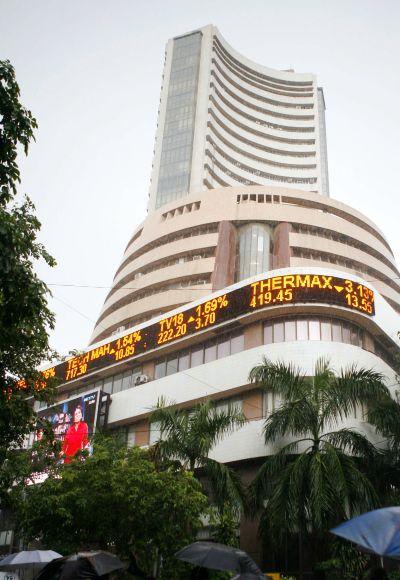

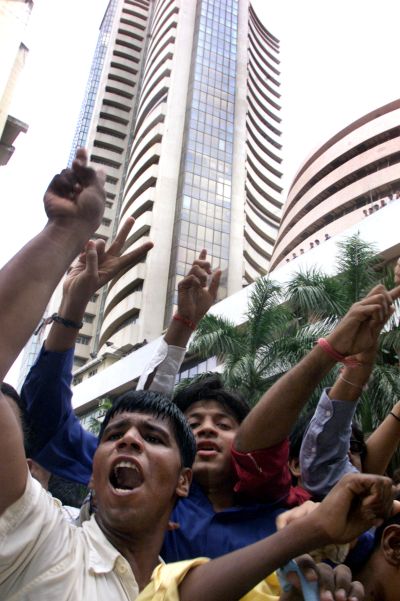
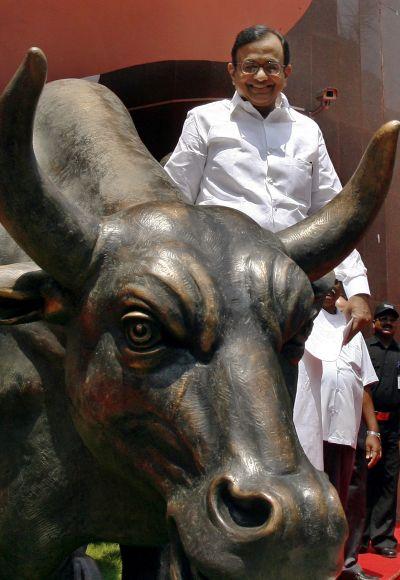
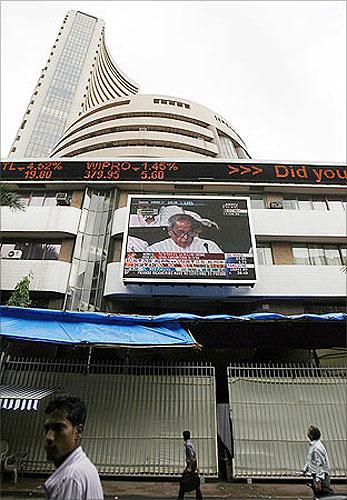
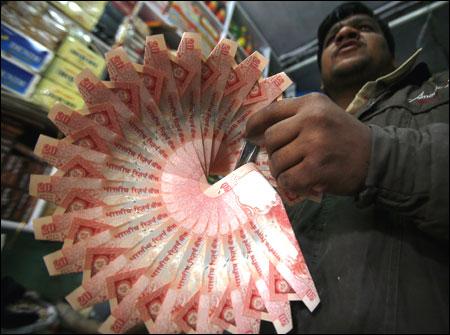





article